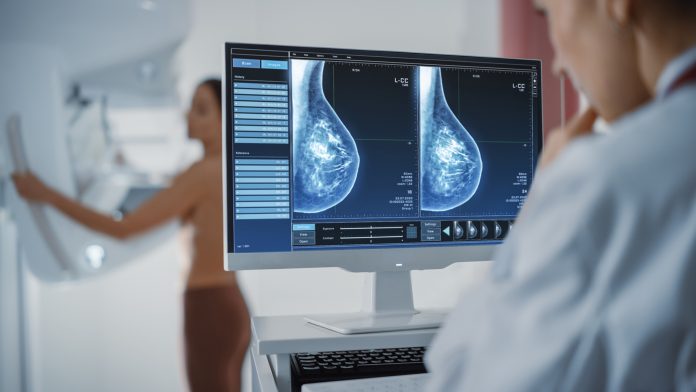UT Southwestern Medical Center experts have created an advanced AI tool that detects metastatic breast cancer accurately.
The AI model leverages traditional magnetic resonance imaging (MRI) and machine learning to identify axillary metastasis – cancer cells in lymph nodes under the arms.
The novel technique may not only enhance the detection of breast cancer metastasis, but as it’s non-invasive, it could also improve cancer care significantly by reducing the need for needle or surgical biopsies.
Study leader Basak Dogan explained: “Most breast cancer deaths are due to metastatic disease, and the first site is usually an axillary lymph node.
“Determining nodal status is critical in guiding treatment decisions, but traditional imaging techniques alone do not have enough sensitivity to rule out axillary metastasis.
“That often requires patients to undergo invasive procedures that involve radioisotope and dye injection followed by surgery to remove and test whether the axillary nodes harbour cancer cells.”
Developing the AI model
To train the AI tool, the researchers employed dynamic contrast-enhanced breast MRI exams from 350 newly diagnosed breast cancer patients at UT Southwestern and the Moody Center for Breast Health.
All patients had known nodal status, and the images combined with various clinical measures were used to trail the AI model to identify axillary metastasis.
Accurately detecting metastatic breast cancer
The research showed that the AI technique was considerably better at identifying patients with axillary metastasis than MRI or ultrasound.
Moreover, the model would help avoid 51% of benign or unnecessary surgical sentinel node biopsies in clinical practice while correctly detecting 95% of patients with axillary metastasis.
Dogan added: “That’s an important advancement because surgical biopsies have side effects and risks, despite having a low probability of a positive result confirming the presence of cancer cells.
“Improving our ability to rule out axillary metastasis during a routine MRI – using this model – can reduce that risk while enhancing clinical outcomes.”
The team are now working to improve the image analysis process and include more varied data to validate the findings.









